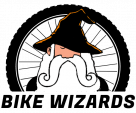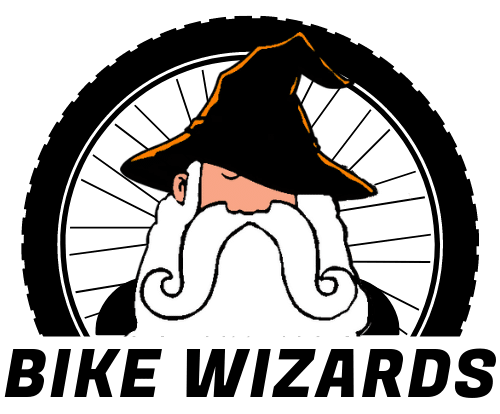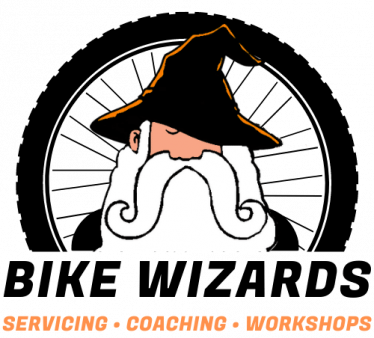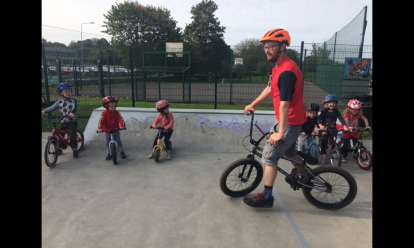I get asked about helmets a lot. Kids don’t want to wear them; and adults wonder if they should; people share horror stories or indifference.
Helmets should help save your head in case of an impact or fall. They should cushion your precious skull and save your brain from being knocked around like a pinball.
Helmets:
- should fit snugly on your head sitting about two fingers width above your eyebrow
- they should have a working strap under your chin that should be tight, but breathing and eating should be still comfortable
- they should have a small adjusting clamp on either side just under your ears, and most likely a tightening dial at the back
- You should feel like your head is being lightly and securely held
In the case of you falling and your head making contact with the ground, a helmet should cushion your noggin, and hopefully prevent injury.
Once a helmet suffers any impact it should be replaced. Likewise if there are any visual signs of wear or cracking on the protective layers of the helmet it should be gotten rid of straight away.
Periodically you will want to change your helmet too. Materials degrade and have an estimated life of use (consult your manufacturer). Helmets that have been sucked of strength by constant use, or faded by the sun are probably not going to offer you much protection.
Do helmets even work? The evidence strongly suggests that they do- you are over 70% less likely to suffer head or bodily injury in case of a fall or impact while wearing a helmet. The polycarbonate shell on the outside of your helmet is designed to crack and spread an impact across the whole surface. Further protection is offered by the polystyrene foam on the inside of your helmet which is designed to absorb more of the blow. Upon seeing any cracks in the polycarbonate or polystyrene the helmet should be disposed of immediately. Even a small crack counts- you can never know how far the damage goes into the helmet.
I learned the hard way what happens if you don’t wear a helmet. I’d love to have a hair-raising mountain-biking story; some sketchy black diamond hairpin crash. However, my big accident was far more domestic, and happened after I dropped the car to the mechanic and cycled into town. My shopping bag got caught in the front fork between the wheel and the frame making the front wheel stop dead. I went right over my bars and my face met the road, hard. I literally felt my brain knocking around inside my skull. I had a moment wondering if I had just caused myself permanent injury. Lots of bruises and scars but thankfully no lifelong damage, and after a few weeks I was back at work again. Unfortunately, the bike wasn’t so lucky and it died that day- the front fork twisting with the crash. That was the last time I cycled without a helmet.
So I really encourage you to wear your helmet when you’re out on the bike, and also to encourage kids to do the same.
Sources:
https://www.popularmechanics.com/technology/a27081/how-bike-helmets-work/ Accessed 31.5.21
https://auto.howstuffworks.com/tech-transport/do-bike-helmets-save-lives-or-do-they-hurt-cycling.htm Accessed 31.5.21
https://www.explainthatstuff.com/how-bicycle-helmets-work.html Accessed 31.5.21




